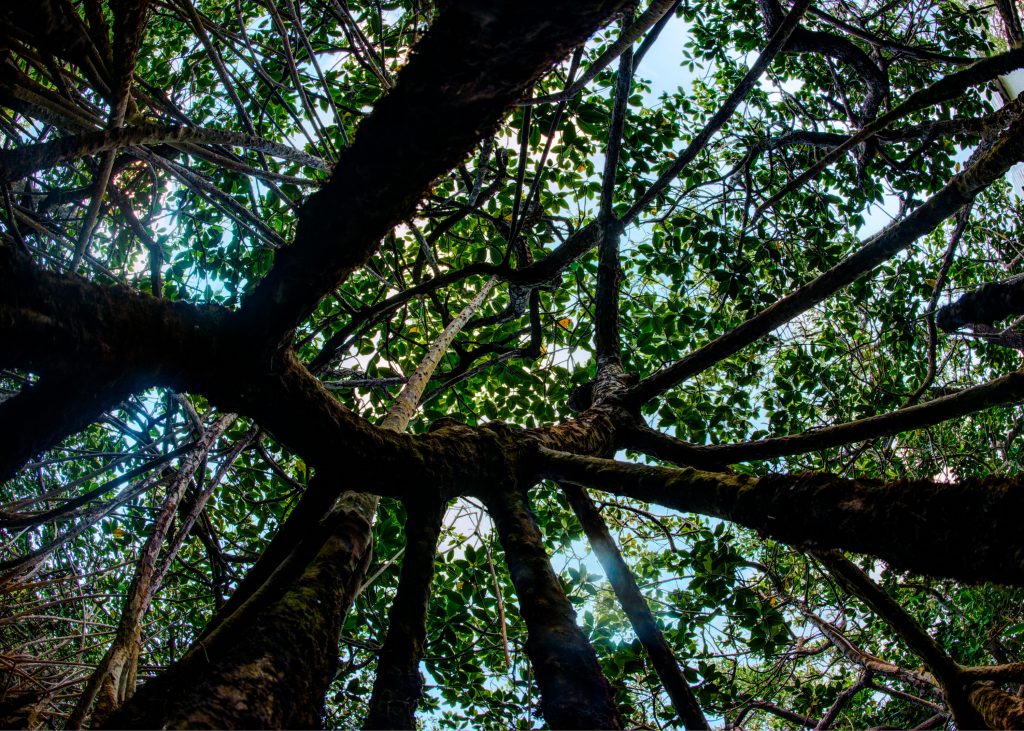Walsingham Nature Reserve
Bermuda

Walsingham Nature Reserve in Hamilton Parish, Bermuda has been dedicated to the QCC. This is the first UK Overseas Territory project to join the initiative.
The Walsingham Nature Reserve, also known as Tom Moore’s Jungle, is formed of 23 acres of undeveloped woodland, karst topography, an extensive cave system, and 3 saltwater ponds, within a private nature reserve. It is a biodiversity hotspot for endemic species, and represents one of the few remnants of wilderness on densely-populated Bermuda.

Photo credit: Chris Burville
The Reserve protects the core of what is known as the Walsingham Tract, an approximately 400 acre strip of land between Castle Harbour and Harrington Sound. The Walsingham Tract is underlain by the oldest and hardest limestone found in Bermuda, and from the caves, at least 22 species of marine invertebrates have been identified which exist nowhere else on Earth.
The cave mouths and outcrops of hard Walsingham limestone support a unique community of rock-dwelling plants, ferns, lichens and mosses. The Reserve contains Bermuda’s largest remaining population of the endemic, endangered Bermuda Shield Fern. Mapping of this species for a Kew-led assessment in 2014 recorded a population of 311 Shield Ferns in Walsingham, equalling 72% of an island-wide population of 433 representing the total global population.

Mangrove snappers, also known as gray snappers and Sergeant-majors, a species of damselfish. Photo credit: Chris Burville.
The woodland around Walsingham Pond supports 13 specimens of Bermuda’s rarest native tree, the Yellowood. Some of the restored woodland areas in the Walsingham Reservealso contain 8 specimens of the grass-like endemic Bermuda Sedge. The endangered sedge grows in the shade beneath the tree canopy, and would have historically been found at the base of Bermuda Palmetto and Cedar trees. The rocky woodland supports old, relict specimens of endemic trees, and for Olivewood in particular is has some of the largest and oldest remaining trees, a valuable resource for seed-banking and propagation.

Photo credit: Chris Burville
This project has been entirely proposed, and will be entirely managed by local Bermudians, including the woodland and cave flora restoration work. The plants will be supplied by local growers of endemic species, including the Government plant nursery and private suppliers. The planting and maintenance will be carried out by both adult and student volunteers.



